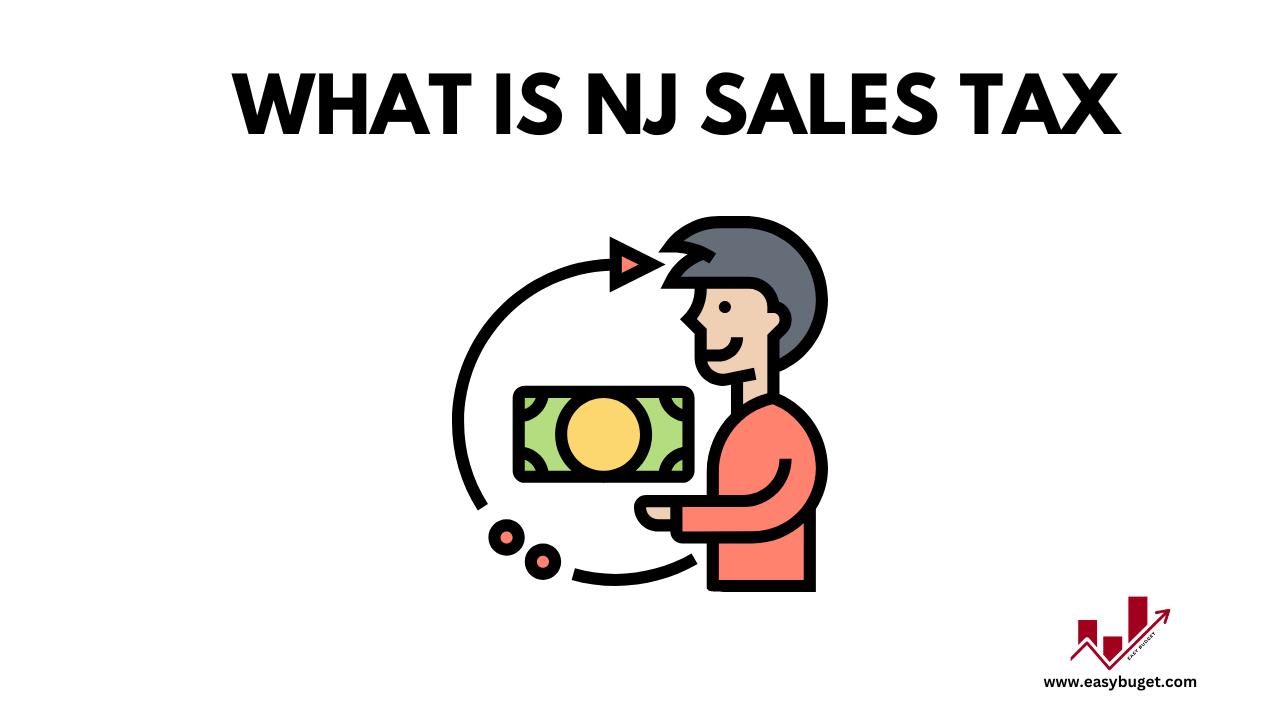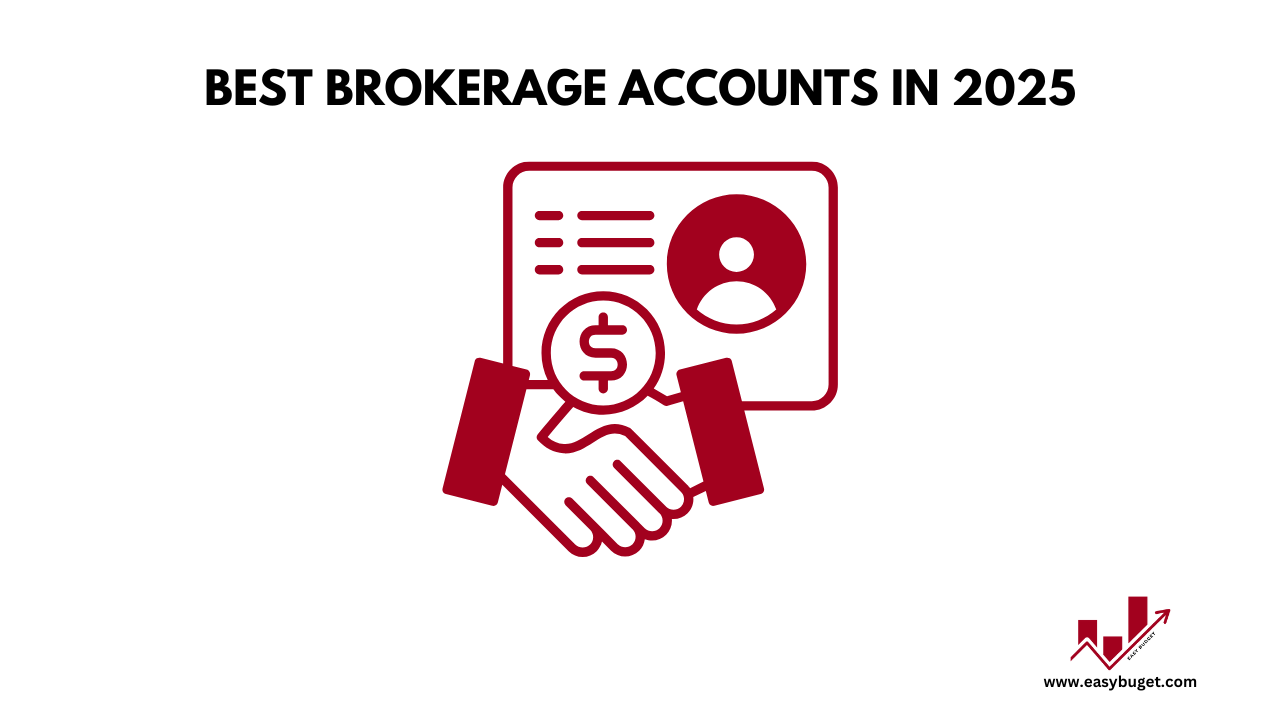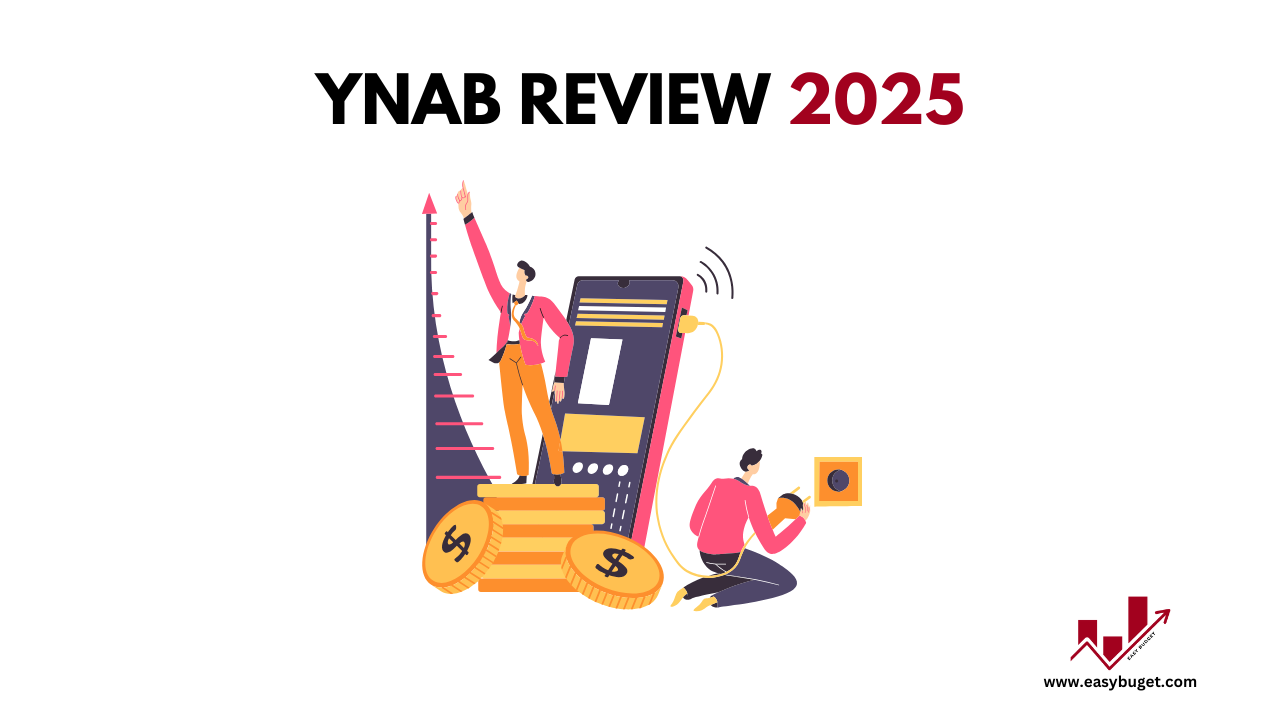Did you know that Indexed Universal Life (IUL) insurance policies often come with hidden fees, complex terms, and capped returns that can cost you thousands of dollars? If you’ve been considering IUL as an investment, it’s crucial to understand why it might not be the best choice for your financial future. In this guide, we’ll break down Why IUL is a Bad Investment, explore its risks, and suggest better alternatives to help you make an informed decision.
What is IUL and How Does It Work?
Indexed Universal Life (IUL) is a type of permanent life insurance that combines a death benefit with a cash value component tied to a stock market index, such as the S&P 500. The idea is that your cash value grows based on the performance of the index, but with caps and floors to limit risk. Sounds great, right? Not so fast.
While IUL policies promise market-linked growth and tax advantages, they come with significant drawbacks that often outweigh the benefits. For a deeper dive into how IUL works, check out Investopedia’s guide to IUL.
Why Do People Consider IUL?
Before we dive into why IUL is a bad investment, let’s look at why it’s appealing in the first place:
- Market-Linked Growth: The potential for higher returns compared to traditional life insurance.
- Tax Advantages: Tax-deferred growth and tax-free withdrawals under certain conditions.
- Death Benefit: Provides financial security for your beneficiaries.
These benefits sound attractive, but they often come with hidden costs and risks that aren’t immediately obvious. For a comparison of life insurance types, visit NerdWallet’s article.
The Dark Side of IUL: 7 Reasons Why It’s a Bad Investment
Now, let’s get to the heart of the matter: Why IUL is a Bad Investment. Here are seven key reasons to think twice before committing to an IUL policy:
1. High Fees
IUL policies come with a laundry list of fees, including:
- Administrative fees.
- Mortality charges.
- Surrender charges (if you cancel the policy early).
These fees can eat into your cash value, leaving you with less money than you expected.
2. Complexity
IUL policies are notoriously complicated. The terms and conditions are often filled with jargon, making it difficult to understand how your money grows and what you’re actually paying for.
3. Caps on Returns
Even if the market performs well, your returns are capped. For example, if the S&P 500 grows by 10%, your policy might only credit 6% due to caps. This limits your growth potential.
4. Market Risk Without Market Rewards
While your cash value is tied to the market, you don’t fully benefit from market upswings. However, you still bear the risk of market downturns.
5. Opportunity Cost
The money you tie up in an IUL policy could be invested elsewhere for better returns. For example, low-cost index funds or ETFs often outperform IUL policies over the long term.
6. Surrender Charges
If you decide to cancel your policy early, you could face hefty surrender charges, sometimes costing you thousands of dollars.
7. Misleading Sales Tactics
Many IUL policies are sold with overly optimistic projections that downplay the risks and fees. This can lead to unrealistic expectations and financial disappointment.
For more on the risks of IUL, read Forbes’ article on IUL pitfalls.
When IUL Goes Wrong: Real-Life Stories
While the promises of Indexed Universal Life (IUL) insurance might sound appealing, the reality often falls short. To truly understand Why IUL is a Bad Investment, let’s dive into some real-life stories of people who faced financial setbacks, unexpected fees, and disappointing returns with their IUL policies. These examples highlight the risks and pitfalls that aren’t always clear when you’re signing on the dotted line.
1. John’s Story: High Fees and Minimal Growth
John, a 35-year-old professional, was sold an IUL policy by an insurance agent who promised market-linked growth, tax advantages, and a secure financial future. The agent painted a rosy picture, showing John projections of his cash value growing significantly over time. Excited by the potential, John signed up for a policy with a $500 monthly premium.
What Went Wrong?
- High Fees: John didn’t realize how much of his premium would be eaten up by fees. Administrative fees, mortality charges, and other costs significantly reduced the amount going into his cash value.
- Capped Returns: Even though the stock market performed well during the 10 years John held the policy, his returns were capped at 6%. Meanwhile, the S&P 500 grew by an average of 10% annually.
- Disappointing Results: After a decade, John’s cash value had barely grown. He expected to have a substantial nest egg, but instead, he had little to show for his $60,000 in premiums.
The Lesson:
John’s story is a classic example of Why IUL is a Bad Investment. The high fees and capped returns meant he missed out on the market’s full potential. If he had invested the same amount in a low-cost index fund, he could have seen significantly higher growth.
2. Sarah’s Story: Surrender Charges and Lost Savings
Sarah, a 40-year-old mother of two, purchased an IUL policy to provide financial security for her family. She was told the policy would grow her savings while offering a death benefit. However, when her financial situation changed, she decided to surrender the policy after just five years.
What Went Wrong?
- Surrender Charges: Sarah was hit with hefty surrender charges for canceling her policy early. These fees amounted to $20,000, wiping out a significant portion of her cash value.
- Lack of Liquidity: Sarah needed access to her money during a financial emergency, but the penalties made it costly to withdraw funds.
- Misleading Projections: The agent had shown Sarah optimistic growth projections, but the reality was far less impressive. Her cash value had barely grown due to fees and poor market performance during her policy term.
The Lesson:
Sarah’s experience highlights the lack of flexibility and high costs associated with IUL policies. The surrender charges and lack of liquidity made it difficult for her to access her money when she needed it most. This is a key reason Why IUL is a Bad Investment for many people.
3. Mike’s Story: Complexity and Confusion
Mike, a 45-year-old business owner, was drawn to IUL because of its dual benefits: life insurance and investment growth. However, he quickly found himself overwhelmed by the policy’s complexity.
What Went Wrong?
- Confusing Terms: Mike struggled to understand how his cash value was calculated. The policy’s terms were filled with jargon, and he couldn’t figure out how much he was actually earning.
- Hidden Fees: Mike was unaware of the various fees associated with his policy, including cost-of-insurance charges and administrative fees. These fees reduced his cash value growth significantly.
- Poor Performance: Despite the market’s strong performance, Mike’s cash value grew at a much slower rate due to caps and fees. He felt misled by the agent’s initial projections.
The Lesson:
Mike’s story underscores the complexity of IUL policies. Without a clear understanding of how the policy works, it’s easy to be misled by optimistic projections and hidden fees. This lack of transparency is a major reason Why IUL is a Bad Investment for many.
4. Emily’s Story: Opportunity Cost and Lost Growth
Emily, a 30-year-old teacher, was sold an IUL policy as a way to save for retirement. She was told it was a safe and reliable way to grow her money. However, after 15 years, she realized she could have done much better with other investments.
What Went Wrong?
- Opportunity Cost: Emily’s IUL policy underperformed compared to other investment options. While her cash value grew modestly, she missed out on the higher returns she could have earned in a low-cost index fund or retirement account.
- High Fees: The fees associated with her policy ate into her returns, leaving her with less money than she expected.
- Limited Flexibility: Emily wanted to adjust her investments as her financial goals changed, but the rigid structure of the IUL policy made it difficult.
The Lesson:
Emily’s experience highlights the opportunity cost of investing in IUL. The money she put into her policy could have grown significantly more in other investment vehicles. This is a key reason Why IUL is a Bad Investment for those looking to maximize their returns.
5. David’s Story: Misleading Sales Tactics
David, a 50-year-old engineer, was approached by an insurance agent who pitched IUL as a “can’t-lose” investment. The agent showed David impressive projections and emphasized the tax advantages of the policy. However, the reality didn’t match the promises.
What Went Wrong?
- Misleading Projections: The agent’s projections were based on unrealistic assumptions, such as consistently high market returns and minimal fees.
- Hidden Risks: David wasn’t fully informed about the risks of IUL, including caps on returns and the potential for poor performance during market downturns.
- Disappointing Results: After 10 years, David’s cash value had grown much slower than expected, and he realized he could have done better with other investments.
The Lesson:
David’s story is a cautionary tale about the importance of understanding the risks and limitations of IUL. Misleading sales tactics can lead to unrealistic expectations and financial disappointment, which is Why IUL is a Bad Investment for many.
The Bigger Picture: Why These Stories Matter
These real-life stories illustrate the common pitfalls of IUL policies:
- High Fees: Administrative costs, mortality charges, and surrender fees can eat into your returns.
- Complexity: The terms and conditions are often confusing, making it hard to understand how your money grows.
- Capped Returns: Even if the market performs well, your returns are limited by caps.
- Lack of Flexibility: Surrender charges and rigid structures make it difficult to access your money when you need it.
- Misleading Sales Tactics: Agents often oversell the benefits while downplaying the risks.
For more on the risks of IUL, check out Forbes’ article on IUL pitfalls.
What Can You Learn from These Stories?
The key takeaway from these stories is that IUL is a bad investment for many people due to its high costs, complexity, and limited returns. Before committing to an IUL policy, it’s essential to:
- Do Your Research: Understand the fees, caps, and risks associated with IUL.
- Explore Alternatives: Consider other investment options, such as term life insurance combined with low-cost index funds or retirement accounts.
- Consult a Financial Advisor: A fee-only financial advisor can help you evaluate whether IUL is right for you.
For a guide to evaluating life insurance options, visit The Balance’s guide.
What Are the Alternatives to IUL?
If IUL isn’t the right choice, what should you consider instead? Here are some better investment options:
1. Term Life Insurance + Investments
Combine affordable term life insurance with a separate investment portfolio. This approach gives you the protection you need without the high fees and complexity of IUL.
2. Low-Cost Index Funds
Invest in index funds or ETFs for market-linked growth without caps or high fees. Over time, these investments often outperform IUL policies.
3. Roth IRA or 401(k)
Take advantage of tax-advantaged retirement accounts like Roth IRAs or 401(k)s. These accounts offer tax-deferred growth and tax-free withdrawals in retirement.
4. High-Yield Savings Accounts
For low-risk, liquid savings, consider high-yield savings accounts. While the returns are lower, they’re also more predictable and accessible.
For a guide to low-cost index funds, visit Vanguard’s investment guide.
Should You Ever Consider IUL?
While IUL might make sense in rare cases, it’s not a one-size-fits-all solution. Before committing to an IUL policy, ask yourself:
- Do you need permanent life insurance?
- Are you comfortable with high fees and complexity?
- Do you fully understand the caps, floors, and risks?
- Have you explored other investment options?
For a detailed evaluation of life insurance options, check out The Balance’s guide.
Why IUL Might Not Be the Investment You’re Looking For
In conclusion, Why IUL is a Bad Investment boils down to its high fees, complexity, capped returns, and hidden risks. While it may seem appealing on the surface, the drawbacks often outweigh the benefits. Before committing to an IUL policy, do your research, consult a financial advisor, and explore better alternatives.
Frequently Asked Questions About IUL
What is IUL?
Indexed Universal Life (IUL) is a type of permanent life insurance with a cash value tied to a stock market index.
Why is IUL a bad investment?
High fees, complexity, capped returns, and surrender charges make IUL a risky choice.
Are there any benefits to IUL?
It offers tax advantages and a death benefit, but the risks often outweigh the benefits.
What are the alternatives to IUL?
Consider term life insurance combined with low-cost index funds or retirement accounts.
Should I consult a financial advisor before buying IUL?
Absolutely. A financial advisor can help you evaluate if IUL is right for you.










